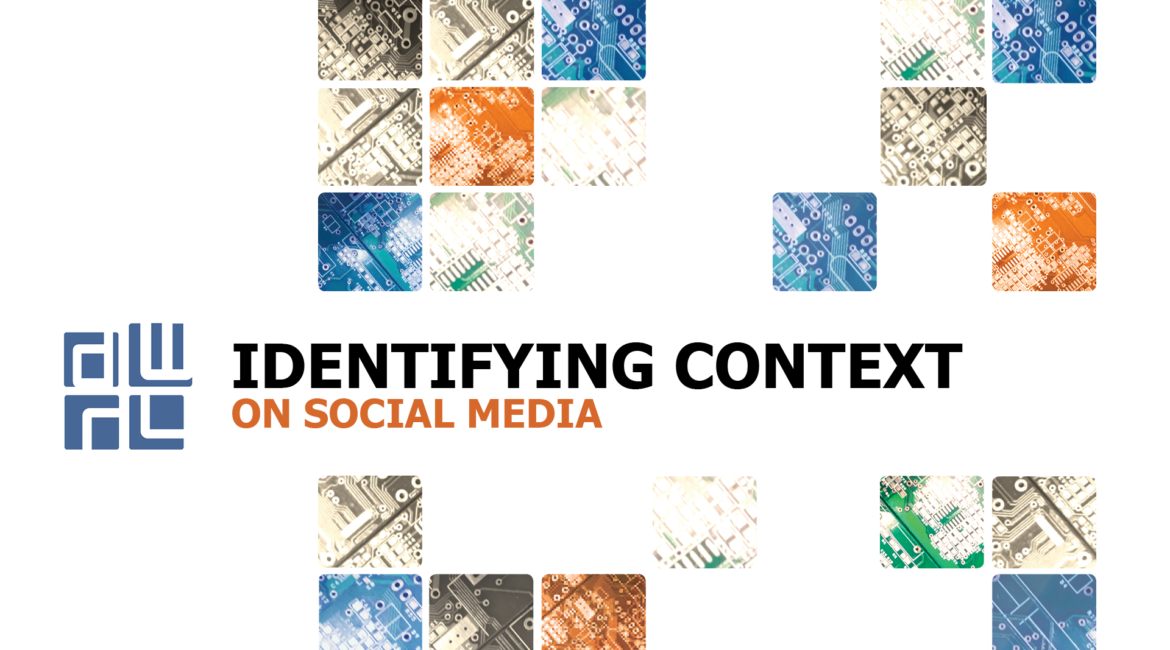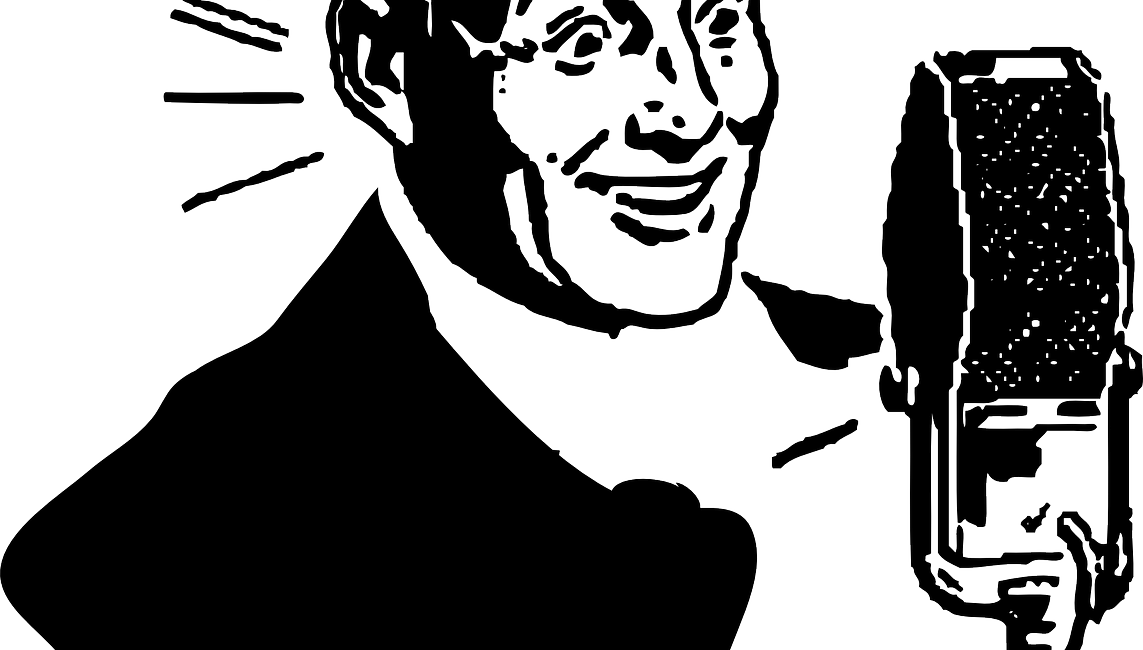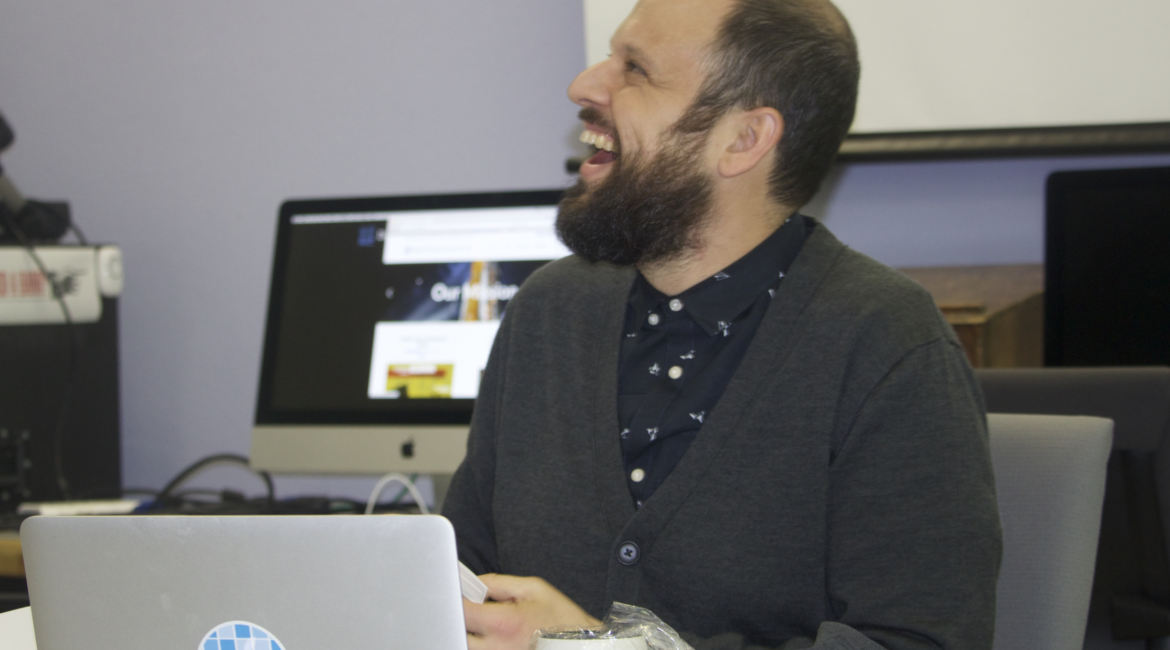Increasingly we depend on social media and online publications for access to news and information that affects our lives and informs our decisions. With the speed of circulation and the everydayness of digital mediation, critical engagement with contextual elements of online environments is paramount to current rhetorical education. This lesson...
Lesson Plan: Analyzing and (Re)Performing Vocality
As rhetoric and composition instructors, we typically have students work with written texts, both in analysis and in production. While we might ask students to answer questions about tone and prosody in written texts, often their analyses remained confined to stylistic concerns without attending to questions of delivery. What gets...
Lesson Plan: Visualizing Sound by Captioning Nonspeech Sounds
Although closed-captioning is usually thought of in terms of accessibility, it also highlights the larger rhetorical significance of sound—a significance which is most notably taken up in sound studies. The convergence of rhetoric with sound studies has become increasingly salient to rhetorical theory as noted in the review essay “Auscultating...
Roundtable Interview with Dr. Jim Brown
As part of the DWRL’s first Alumni Network Event, the Lab hosted a roundtable interview with Dr. Jim Brown on March 30, 2017. The roundtable was led by Program Coordinator Will Burdette, and joined by Assistant Director Sarah Frank and Staffer Sarah Welsh. In this roundtable interview, Dr. Brown reflects...
Lesson Plan: Visualizing and Analyzing Terministic Screens with Voyant
[cs_content][cs_section parallax="false" separator_top_type="none" separator_top_height="50px" separator_top_angle_point="50" separator_bottom_type="none" separator_bottom_height="50px" separator_bottom_angle_point="50" style="margin: 0px;padding: 50px 0px 10px;"][cs_row inner_container="true" marginless_columns="false" style="margin: 0px auto;padding: 0px;"][cs_column fade="false" fade_animation="in" fade_animation_offset="45px" fade_duration="750" type="1/1" style="padding: 0px 0px 0px 50px;"][x_image type="none" src="http://www.dwrl.utexas.edu/wp-content/uploads/2017/02/Terministic-Screens.png" alt="Word cloud created with Voyant's Cirrus feature displaying essential terms from Kenneth Burke's Terministic Screens." link="false" href="#" title="" target=""...
“Doing Digital Visual Studies” with Laurie Gries
As part of our spring 2017 Speaker Series, the Digital Writing & Research Lab hosted Dr. Laurie Gries, whose lecture “Doing Digital Visual Studies” reflects upon and extends the research she undertook in her award-winning book Still Life with Rhetoric: A New Materialist Approach for Visual Rhetorics. In her longitudinal...
Ethical Design and Time Well Spent
The amount of time we spend engaged with our digital devices, especially our smart phones, doesn’t necessarily make us feel more empowered. The organization Time Well Spent argues that the reason for this isn’t some moral failing on the part of users but rather a question of intentional design: “Many...






